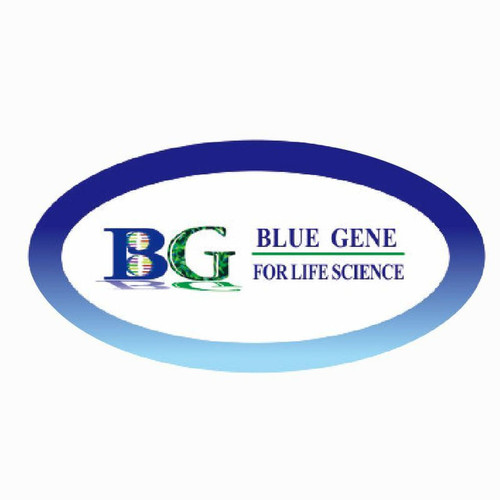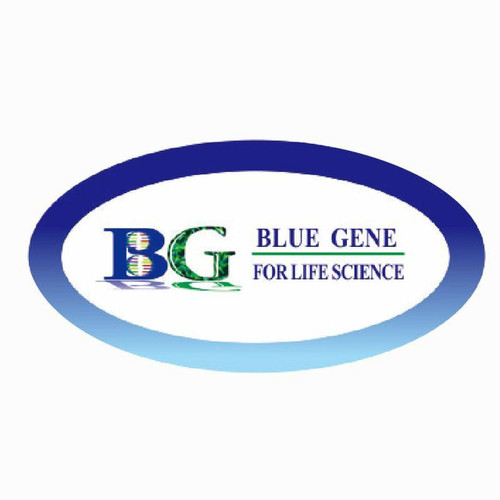Product Description
Human ATP-binding cassette sub-family C member 9 (ABCC9) ELISA Kit | AE23142HU | Abebio
Species Reactivity: Human (Homo sapiens)
Abbreviation: ABCC9
Alternative Name: ABC37; CMD1O; FLJ36852; SUR2; ATP-binding cassette; sub-family C; member 9|sulfonylurea receptor 2A
Application: ELISA
Range: 0.312-20 ng/mL
Sensitivity: 0.132 ng/mL
Intra-Assay: ≤5.1%
Inter-Assay: ≤9.8%
Recovery: 0, 99
Sample Type: Serum, Plasma, Other biological fluids
Detection Method: Sandwich
Analysis Method : Quantitive
Test Principale: This assay employs a two-site sandwich ELISA to quantitate ABCC9 in samples. An antibody specific for ABCC9 has been pre-coated onto a microplate. Standards and samples are pipetted into the wells and anyABCC9 present is bound by the immobilized antibody. After removing any unbound substances, a biotin-conjugated antibody specific for ABCC9 is added to the wells. After washing, Streptavidin conjugated Horseradish Peroxidase (HRP) is added to the wells. Following a wash to remove any unbound avidin-enzyme reagent, a substrate solution is added to the wells and color develops in proportion to the amount of ABCC9 bound in the initial step. The color development is stopped and the intensity of the color is measured.
Product Overview: ATP-binding cassette, sub-family C member 9 (ABCC9) also known as sulfonylurea receptor 2 (SUR2) is an ATP-binding cassette transporter that in humans is encoded by the ABCC9 gene.The protein encoded by this gene is a member of the superfamily of ATP-binding cassette (ABC) transporters. ABC proteins transport various molecules across extra- and intra-cellular membranes. ABC genes are divided into seven distinct subfamilies (ABC1, MDR/TAP, MRP, ALD, OABP, GCN20, White) . This protein is a member of the MRP subfamily which is involved in multi-drug resistance. This protein is thought to form ATP-sensitive potassium channels in cardiac, skeletal, and vascular and non-vascular smooth muscle. Protein structure suggests a role as the drug-binding channel-modulating subunit of the extrapancreatic ATP-sensitive potassium channels. Alternative splicing of this gene results in several products, two of which result from differential usage of two terminal exons and one of which results from exon deletion.
Stability: The stability of ELISA kit is determined by the loss rate of activity. The loss rate of this kit is less than 5% within the expiration date under appropriate storage condition. The loss rate was determined by accelerated thermal degradation test. Keep the kit at 37°C for 4 and 7 days, and compare O.D.values of the kit kept at 37°C with that of at recommended temperature. (referring from China Biological Products Standard, which was calculated by the Arrhenius equation. For ELISA kit, 4 days storage at 37°C can be considered as 6 months at 2 - 8°C, which means 7 days at 37°C equaling 12 months at 2 - 8°C) .
 Euro
Euro
 USD
USD
 British Pound
British Pound
 NULL
NULL












